The Almond and the Seahorse

The amygdala and hippocampus are two parts of the human brain that work together, processing memory and emotions. According to the film The Almond and the Seahorse, co-directed by Celyn Jones and Academy Award-nominated cinematographer Tom Stern: “They are the parts that make us, us.” What happens when these parts are damaged or changed? How does one live life after a trauma not remembering the “before”? These are the questions asked by the feature starring Rebel Wilson, Charlotte Gainsbourg and Trine Dyrholm.
Adapted from Kaite O’Reilly’s play of the same name, The Almond and the Seahorse follows Sarah (Wilson), an archaeologist looking after her socially disinhibited husband Joe (Jones), who has severe short-term memory loss. At Open Field Traumatic Brain Injury Hospital, she meets Toni (Gainsbourg). Toni’s partner Gwen (Dyrholm) suffers from retrograde amnesia. Sarah and Toni find solace in each other, their relationship built on comfort, sex and longing for the people they love who no longer remember them.
With a talented cast, the film explores the impact on both parties in a relationship affected by such afflictions: the ones who suffer from memory loss, and their loved ones who remember. It navigates through the different aspects of a brain injury, showcasing the varying physical and emotional effects it can have on people. For Joe, he cannot live independently without a detailed and child-like list of things to do. His feelings of infantilisation permeate through his every interaction with Sarah, reading her tone as patronising rather than instructive, whereas Gwen wakes up every day missing 15 years of her life. She has to constantly reconcile with her ageing body and the feeling of lost time. The film perhaps focuses too heavily on Sarah and Toni, their struggles and their inability to cope with their given situation. While an important aspect to explore, it treads a little close to romanticising their frustration, in the same way Sia’s film Music projects the struggles of autistic individuals onto their families and loved ones.
A change of genre for Wilson, The Almond and the Seahorse tests her range as an actor, and she absolutely delivers. While the script can be stilted at times, with too much in the way of textbook speak and scientific explanation, each of the actors do well in creating variety in their delivery, showcasing the effects through action and facial expression, cutting through the repetitive dialogue. The repetition does work on a metaphorical level, however, because, according to the film, it’s one of the ways to help the brain adapt to changes. Cinematography is also used to capture the themes of the feature, with a focus on reflections and transparent surfaces, such as mirrors and windows. This visualises the divide of a person before and after their memory loss, and also elucidates the feeling of being trapped in the same repetitive cycle just to live. There’s a nostalgic quality to the score with its heavy use of piano, evoking that feeling of trying to remember something – a song one may perhaps have forgotten – or a sense of déjà vu. All of these motifs come together to ruminate on the concept of memory and how that in turn makes up a person’s life and personality.
The Almond and the Seahorse is a thought-provoking piece that explores memory loss in an uneven but genuine manner. There’s an effort to focus on the individuals suffering from the disability, but at times the narrative skews too far toward the friends and family affected by the fallout. Still, the central theme of memory and emotions making up the core of a person remains at the forefront, carried through in the production and nuanced performances by the actors. The Almond and the Seahorse is a dramatic reconciliation with hard truths to tell.
Mae Trumata
The Almond and the Seahorse is released in select cinemas on 10th May 2024.
Watch the trailer for The Almond and the Seahorse here:


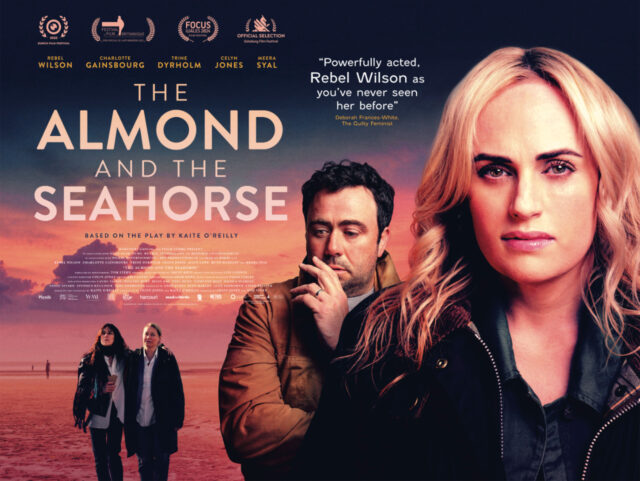

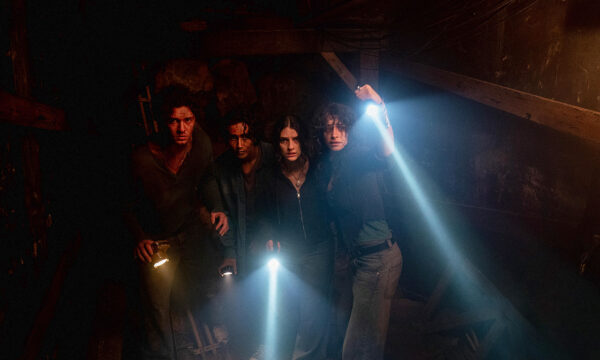
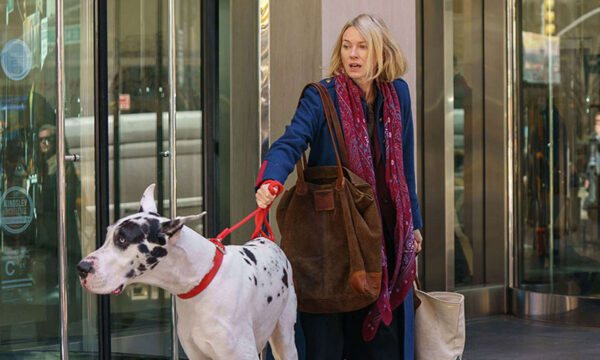
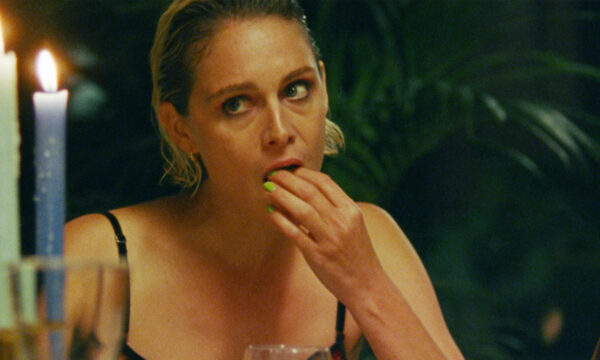
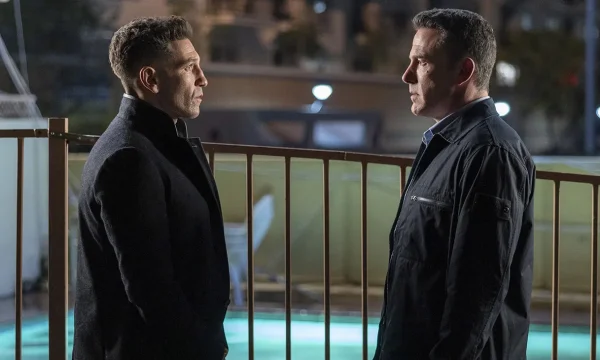
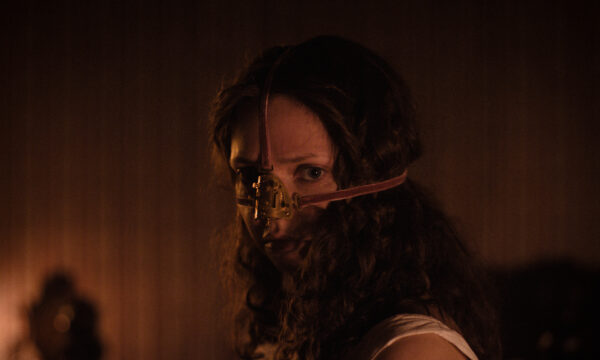
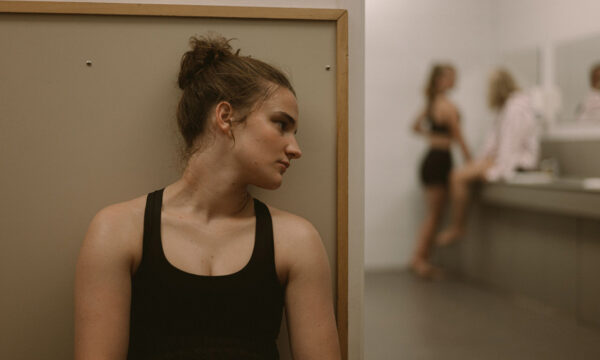

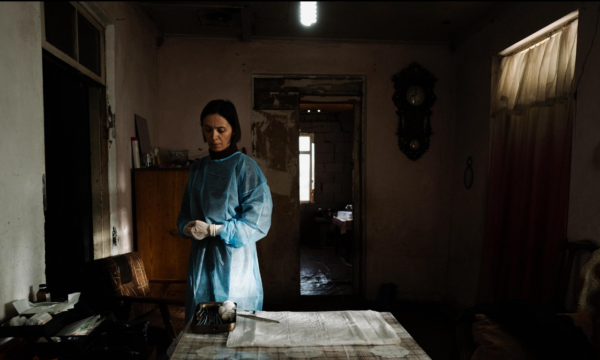















Facebook
Twitter
Instagram
YouTube
RSS